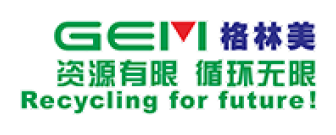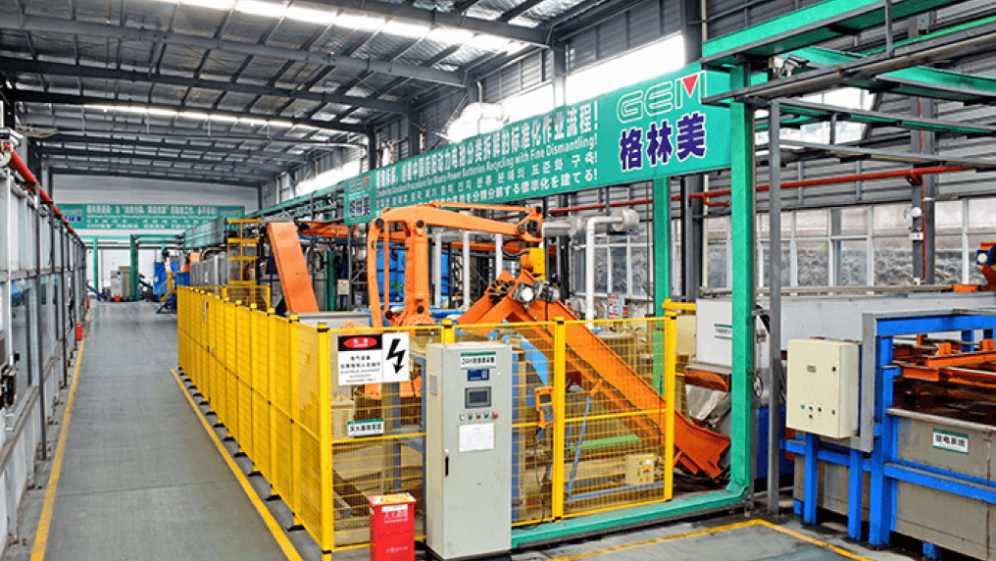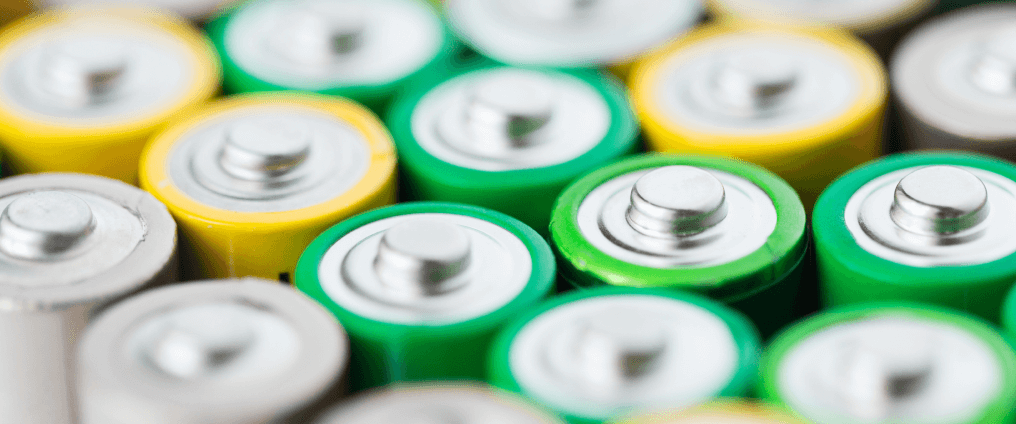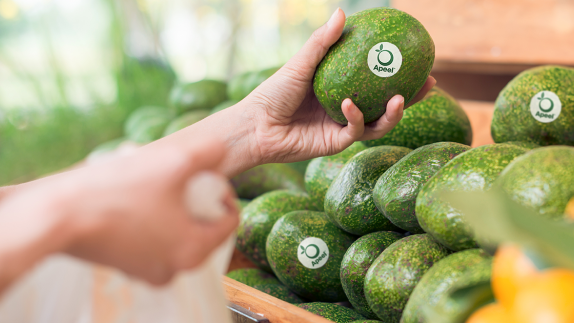
GEM Co. Ltd (GEM) collects and recycles precious metals and other valuable materials from discarded batteries and electronics.
“Resources are finite but recycling is infinite.” GEM
Why it’s an example of the circular economy
GEM’s circular approach keeps materials in use, avoiding the creation of toxic waste, and conserves valuable resources.
The waste electric EV battery challenge
The Chinese government’s target to increase the number of electric vehicles (EVs) to about 20% of the automobile market by 2025 has created an urgent need to provide a sustainable solution for used EV batteries. China already has the world’s largest market of electric vehicles. By 2019, there were more than 2.5 million EVs in China, compared to the EU and US which together had under a million. The first generation of EVs have already reached the end of their useful life. It’s estimated that by the end of 2020, China produced 240,000 tonnes of EV battery waste, a volume that is projected to double by 2022.
What GEM recycles
GEM operates in 16 circular industrial hubs used for the recycling of waste batteries, discarded electronics and scrapped cars. GEM’s technology enables the recycling of scrapped lithium batteries from EVs, extracting nickel, cobalt and other important resources, transforming them into components used by battery producers like Samsung SDI and Ecopro Co Ltd.
GEM are internationally recognised for their resource collection and recycling of:
batteries
cobalt, nickel, tungsten and carbide
electronics
scrap automobile parts
waste residues and wastewater
Recycling is not enough
GEM is leading the high-tech recycling market in China. However, while recycling is vital, a higher value-conserving strategy would focus on the design stage of electronics products so that redundant items can be easily disassembled and reused. Recognising this, the Chinese government is planning to set standards and regulations based on the principles of Extended Producer Responsibility to further scale the sector. Companies like GEM could play a role by feeding in expertise and experience in dealing with end-of-life products.

GEM in numbers
GEM has the highest used battery recycling capacity in China, processing more than 10% of the total waste batteries or about 300,000 tonnes of waste batteries per year.
GEM estimates that from 2013 to 2019, it’s recycled 16 million tons of electronic waste. This is equivalent to a reduction of 52 million tons of carbon dioxide emissions, a reduction of 400,000 square km of soil pollution and 590 billion tonnes of water pollution.
According to MarketsandMarkets, the global EV battery recycling market is estimated at CNY 79.3 billion (USD 12.2 billion) by 2025 and CNY 117.65 billion (USD 18.1 billion) by 2030.
GEM recycled more than 12,000 EV battery sets in the first half of 2020.
GEM now has EV battery collection arrangements with over 280 automobile companies and battery manufacturers.
The centres have a combined annual processing capacity of 1.2 million tonnes of used household appliances (15% of China’s total), 30,000 tonnes of circuit board (20% of China’s total), and 10,000 tonnes of waste plastics, recovering 5,000 tonnes of cobalt and 10,000 tonnes of nickel per year.




